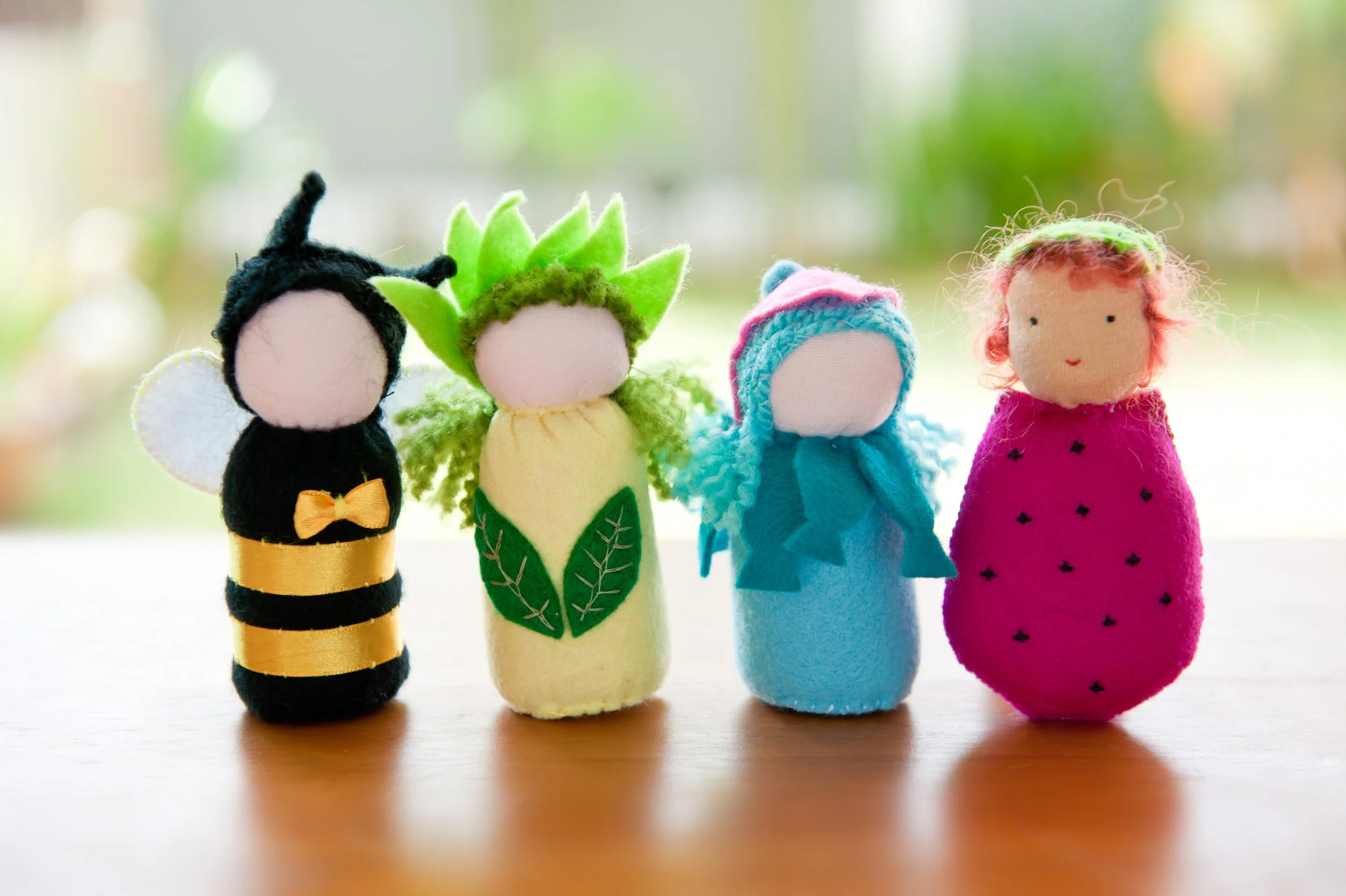Play Based Learning
Play-based learning is an educational approach where children learn through play, which is viewed as a central component of the learning process. It emphasizes active engagement, exploration, and hands-on experiences. Through play, children develop crucial skills in various areas, including social, emotional, cognitive, and physical development.
Here's a more detailed explanation:
Core Principles:
Child-Initiated and Teacher-Supported:
Children are encouraged to lead their own play experiences, while teachers provide support, guidance, and resources to extend learning.
Holistic Development:
Play-based learning fosters the development of physical, social, emotional, cognitive, and creative skills.
Meaningful and Enjoyable Context:
Play provides a natural and enjoyable way for children to engage with the world around them and make sense of their experiences.
Active Engagement and Exploration:
Children learn by actively exploring, experimenting, and interacting with their environment, objects, and other people.
Development of Essential Skills:
Play-based learning supports the development of essential skills such as problem-solving, communication, social-emotional skills, critical thinking, and fine motor skills.
Examples of Play-Based Activities:
Sensory Activities:
Water tables, sandpits, or playdough allow children to explore textures and properties.
Imaginative Play:
Dress-up clothes, pretend kitchens, or building blocks encourage children to explore roles, scenarios, and develop their creativity.
Outdoor Play:
Nature walks, building forts, or playing in a playground provide opportunities for physical activity, exploration, and social interaction.
Role-Playing:
Engaging in activities like playing cafe workers helps children connect learning to real-world contexts.
Games with Rules:
While play-based learning often emphasizes child-led activities, structured games with rules can also be incorporated.
Teacher's Role:
Creating a Stimulating Environment:
Teachers set up the learning environment with various materials and resources to inspire play.
Facilitating Play:
Teachers observe children's play, ask open-ended questions, and provide guidance to extend their learning.
Intentionality:
Teachers thoughtfully guide children's play to support their learning and development while fostering agency and independence, according to the Australian Education Research Organisation (AERO).
Scaffolding Play:
Teachers support children's play by providing prompts, suggestions, and resources to help them extend their learning.
Benefits:
Engaging and Enjoyable Learning:
Play-based learning makes learning fun and motivating for children.
Development of Essential Skills:
It fosters the development of crucial cognitive, social-emotional, and physical skills.
Preparation for Future Learning:
Play-based learning lays a strong foundation for future academic success by developing essential learning skills.
Increased Confidence and Self-Esteem:
Play-based learning can boost children's confidence, self-esteem, and willingness to try new things.
In essence, play-based learning recognizes that children learn best through active engagement, exploration, and meaningful interactions with their environment, making it a valuable and effective approach to early childhood education.
Read more:
NAEYC: The Power of Playful Learning in the Early Childhood Setting
Play Based learning in Upper Grades:
A lot of the information on play based learning focuses on early education and lower elementary. However, older kids also greatly benefit from play-based activities- they just look a little different than younger kids.
Play-based learning can be effectively integrated into upper grades by incorporating activities that foster creativity, critical thinking, and problem-solving skills. This approach utilizes a variety of play styles, including games, dramatic play, and hands-on activities, to make learning engaging and relevant for older students.
Benefits of Play-Based Learning in Upper Grades:
Enhanced Cognitive Skills:
Play-based learning can improve cognitive flexibility, memory, and problem-solving abilities.
Improved Social-Emotional Development:
Group play activities promote social skills, cooperation, and communication.
Increased Motivation and Engagement:
When learning is enjoyable and self-directed, students are more likely to be motivated and engaged in the learning process.
Development of Executive Functioning:
Games and activities that require planning, strategy, and adaptation can help students develop executive function skills like planning, decision-making, and self-regulation.
Real-World Connections:
Play-based learning can help students connect classroom learning to real-world situations and applications.
Examples of Play-Based Activities in Upper Grades:
Games:
Strategy games like chess, checkers, and Battleship can be used to teach planning, problem-solving, and critical thinking.
Dramatic Play:
Role-playing scenarios related to history, literature, or current events can help students understand different perspectives and develop empathy.
Hands-on Activities:
Building structures with blocks, conducting science experiments, or creating art projects can encourage exploration, creativity, and problem-solving.
Collaborative Projects:
Group projects that require students to work together, share ideas, and create something new can foster teamwork and communication skills.
Maker Spaces:
Providing access to materials and tools for building, creating, and experimenting allows students to explore their interests and develop problem-solving skills.
Integrating Play-Based Learning:
Create a Supportive Environment:
Teachers can create a classroom environment that encourages exploration, experimentation, and collaboration.
Provide Open-Ended Activities:
Offer activities that allow for multiple solutions and encourage students to explore different approaches.
Facilitate, Don't Dictate:
Teachers can guide students through play-based activities by asking open-ended questions and providing support, rather than giving direct instructions.
Connect Play to Curriculum:
Teachers can align play-based activities with specific learning objectives and curriculum standards.
Reflect on Learning:
Encourage students to reflect on their experiences during play and how they relate to their learning.

